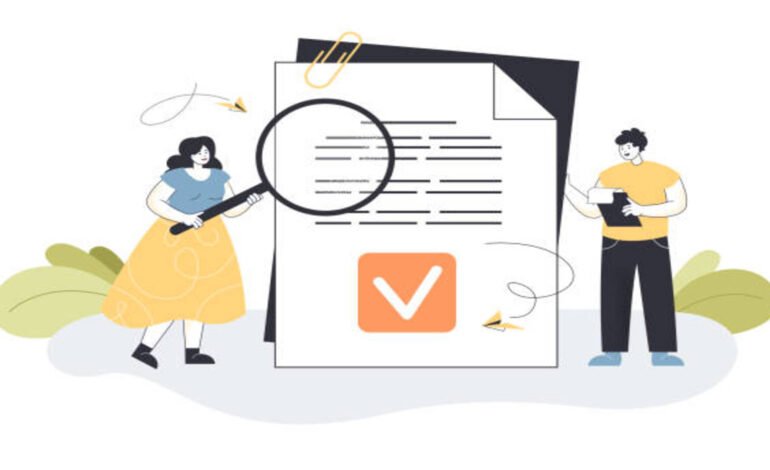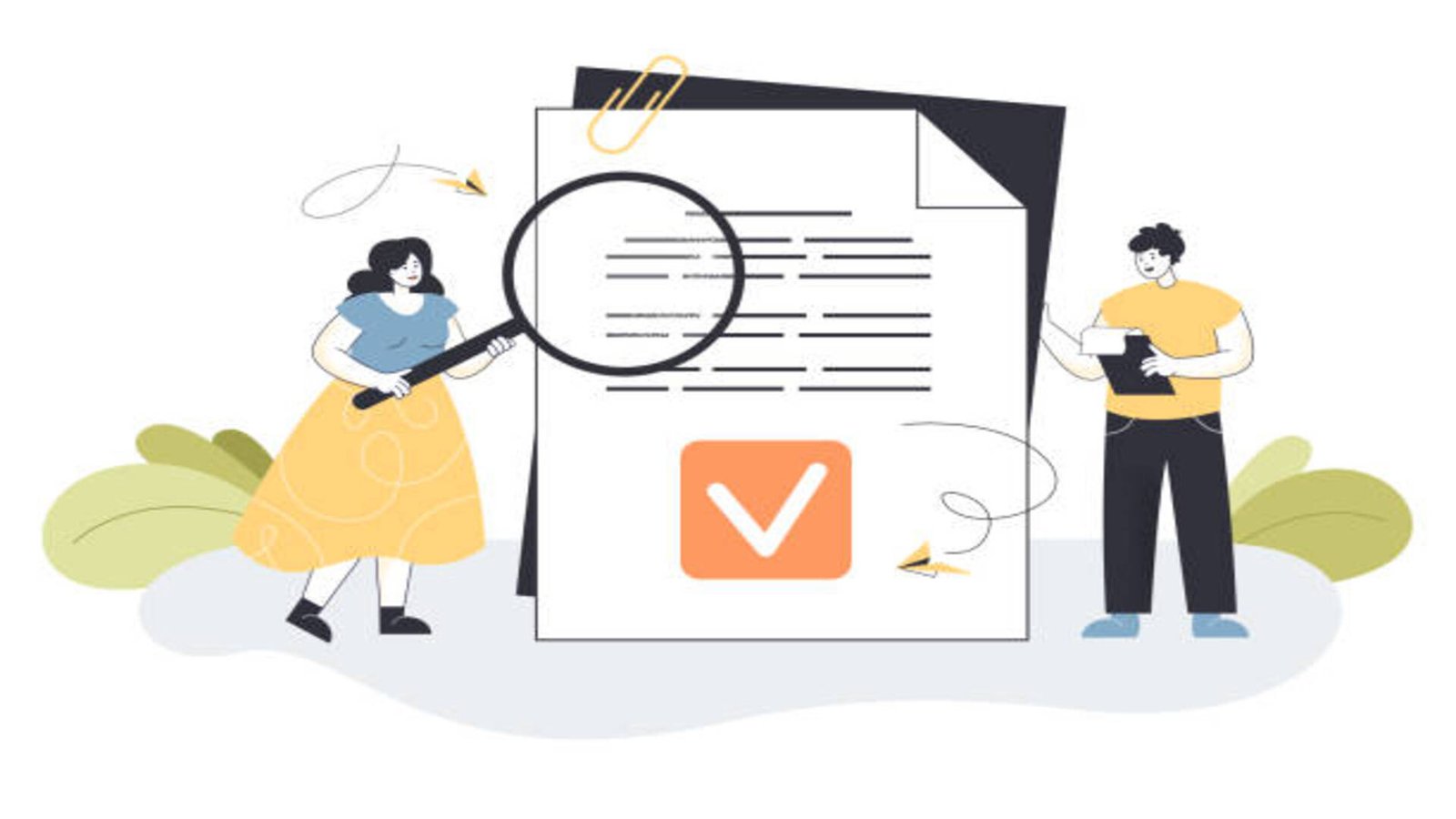
How Do You Ensure Information Security And Compliance?
Does your organization manage a vast amount of data regularly? Every day, you receive or send several emails, make transactions, and report performance standards. These are highly important for your business, and you have to take action for cyber security. Security compliance of your Information Technology is the most significant factor for keeping the data protected. So, you have to meet some standards to secure the availability, integrity, and confidentiality of information. Today, almost every business knows the importance of security compliance management. Without a strong security measure, there is a risk of data breaches. Comply with information security standards and avoid legal issues in the future.
Is It Compliance Different From It Security?
Although IT compliance and IT security are related concepts, they have distinct purposes and functions in a business. IT security involves the main operations and practices to safeguard your business from potential cyber-attacks. You can deploy an IT security team to improve or maintain security standards for Information Technology. The experts have to install firewalls and antivirus programs, manage vulnerability, and train your employees in cyber security.
On the contrary, IT compliance means security initiatives for your IT infrastructure have met industry standards. Although you can check IT compliance by engaging third-party professionals, some security frameworks cannot be audited.
Understand Information Security Compliance
InfoSec or Information Security compliance is a way to follow industry-oriented standards and laws relevant to your IT security. You need to implement procedures and policies to ensure the security of your organization’s data from unauthorized modification or access. Furthermore, compliance refers to regular testing for vulnerabilities, and it responds to any potential threats. There is a strong correlation between compliance and security. With the right controls, you can alleviate the risk of data loss and breach. At the same time, you have to comply with the relevant laws.
Steps for Ensuring Information Security Compliance
You have to consider some steps for your IT security and compliance-
Identify Your Organization’s Compliance Requirements
What are the most important compliance requirements for your industry, data, and location? For instance, companies in the healthcare industry should comply with HIPAA and PCI DSS for your patient’s financial information. Similarly, if your organization relies on the cloud platform, you must know about cloud compliance. It is essential to understand how the cloud and data work together.
Select The Right Compliance Frameworks
You have now already identified laws, regulations, and compliance for your organization. So, you need to choose the best security framework on which you can develop your program. The framework will allow you to meet compliance needs. Thus, you will not need to build everything repeated with the amendment of laws.
Detect Security Gaps
As security and compliance are almost corresponding concepts, it is important to find the security gap. It will help you stay compliant with industry standards. Conduct a comprehensive gap analysis for your security environment and identify the way it matches the controls in your framework. It is the most time-saving approach, and your IT security compliance team can concentrate on what they should do for the infrastructure.
Classify Your Data
The first step for securing your valuable business data is to classify or categorize the data. It means that you have to identify the high-risk data. Classification is a way to define and categorize the data. Data classification can be done at various levels depending on your needs. The most common types of data your IT security team can protect are-
-
- PII- Names, addresses, biometric data, social security number, and other similar details
-
- PHI- Health-related data, such as medical records, prescriptions, appointment details, and lab results
-
- IP address, marital status, racial origin, and other data
A data lifecycle involves different steps ranging from data creation or collection to deletion. During this lifecycle, your data should meet compliance standards.
Analyze The Risk
During the risk analysis process, the risk can be categorized based on its effect on an organization. The experts should consider your technology and process. Your company needs to do the analysis to alleviate the risk by removing security gaps.
Connect With Your Stakeholders
Everyone associated with your business has the responsibility for maintaining cybersecurity. Thus, your stakeholders and C-suite should collaborate with you while implementing compliance frameworks. Your stakeholders need to make inputs on the risk level tolerable to them.
They should also identify regulatory gaps acceptable for their businesses.
The final step is to match compliance and security frameworks. Different regulations state the data to be protected. You should also consider the jurisdiction of your business while maintaining compliance.
Conclusion
Developing a robust policy for information security is important for every organization. You have to implement firewalls and other technical controls for data safety. It is better to engage cyber security experts to avoid unauthorized access and other security risks.





